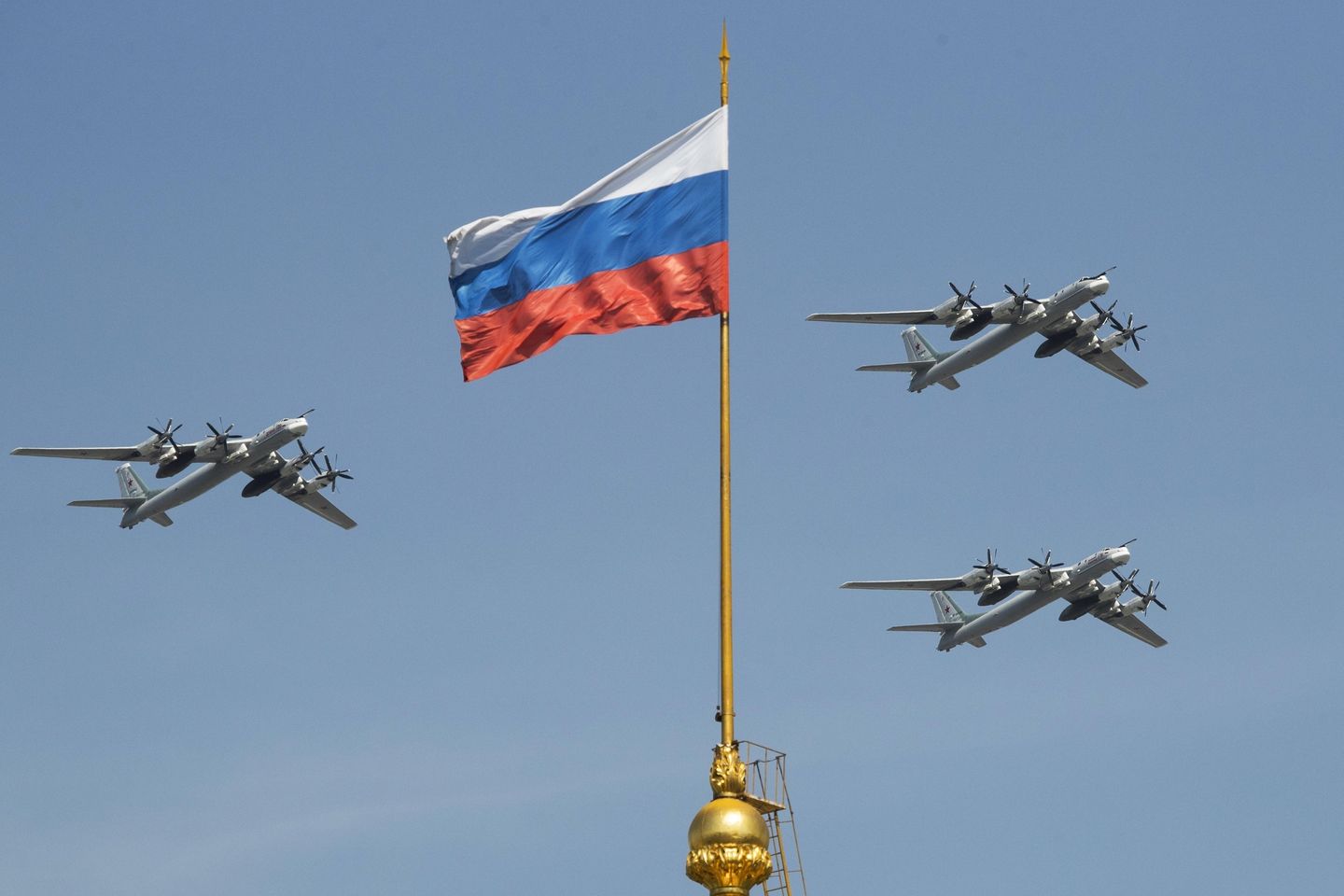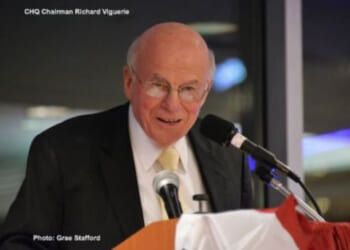
Russian and Ukrainian negotiators seemed to make little progress during their second round of peace talks Monday in Istanbul. But seismic developments on the battlefield have reshaped the conflict — and seemingly put the momentum firmly on the side of Kyiv.
Ukraine’s spectacular and unprecedented drone swarm assault on at least four major airfields scattered across Russia on Sunday has fundamentally altered the dynamics of the war, now well into its third year. The sophisticated operation not only represented a major logistical and psychological blow to the Russian war machine — one prominent Russian military blogger dubbed it the “Russian Pearl Harbor” — it could also provide a new spark for the U.S.-backed peace push at a time when it looked like that process was grinding to a near-halt.
Most immediately, the attack shattered perceptions that Ukraine was severely limited in the pain it could inflict on the Russian homeland. And Kyiv appears ready to use that new reality to its strategic advantage.
“Russia must feel what its losses mean. That is what will push it toward diplomacy,” Ukrainian President Volodymyr Zelenskyy said Monday while in Lithuania, where he met with the leaders of several NATO nations.
Some leading foreign policy analysts and military insiders speculated about whether President Trump would latch on to the Ukrainian attack to exert new pressure on Russian President Vladimir Putin, and urge him to make real concessions and sincerely embrace ceasefire talks. There were also conversations in high-level national security circles about whether U.S. intelligence may have directly or indirectly aided Ukraine in moving more than 100 of its drones covertly hundreds or even thousands of miles through Russia to the outskirts of military targets, which stretched from the Moscow region through to the eastern edges of Siberia.
The White House reportedly was not given advance warning about the operation. And sources familiar with Ukrainian military operations told The Washington Times on Monday that it’s plausible Ukraine conducted the operation on its own and may have intentionally kept Washington in the dark as much as possible.
Those sources cited the fact that the U.S. has often seemed reluctant to back any Ukrainian operations that could target Russian nuclear assets, and it’s possible that if Washington had known, it may have objected to the operation on those grounds out of concern that Moscow could choose to escalate.
The 40 Russian bombers destroyed in the Ukrainian assault are believed to have been nuclear-capable. Ukrainian officials said those destroyed aircraft represent about 34% of Russia’s strategic cruise missile carriers. The cost of the damage to the Russian military is about $7 billion, Ukrainian officials estimated.
The head of the Ukrainian Security Service hinted that more operations could be forthcoming.
“The enemy thought it could bomb Ukraine and kill Ukrainians with impunity and without end. But that is not the case. We will respond to Russian terror and destroy the enemy everywhere — at sea, in the air, and on land,” he said.
“And if necessary, we’ll get them from underground too,” he added.
Planning for the attack, called the “Spiderweb” operation, took 18 months, Mr. Zelenskyy said. The operation involved 117 Ukrainian drones hitting Russian military bases across the country.
Ukrainian forces smuggled their drones into Russian territory in the backs of trucks and then parked them near each of the Russian bases. Positioning the aircraft so close to the Russian military sites allowed the operation to unfold with speed and precision.
The Ukrainian operation also provides one of the clearest demonstrations to date of how drone swarms have already transformed 21st-century combat. The mission proved on a large scale that drone swarms are effective beyond the tactical, battlefield level and can also be employed for major strategic operations across a wide swath of enemy territory.
Long-term impact
The Ukrainian operations came on the heels of several major Russian attacks in recent days and weeks, as the two sides engaged in a tit-for-tat of assaults leading up to Monday’s meeting in Istanbul. That meeting reportedly lasted less than two hours and resulted in little progress beyond the two sides agreeing to brief ceasefires on certain sections of the battlefield so that both militaries could retrieve corpses.
Russian state-run media was largely mum about the Ukrainian drone attacks but did acknowledge that Russia had agreed to a limited, temporary ceasefire.
“We proposed a specific ceasefire for two-to-three days on certain sections of the front,” said Russian presidential aide Vladimir Medinsky, who led his country’s delegation. “It should allow commanders to pick up their soldiers’ corpses.”
But across social media, Russian bloggers and military-watchers commented on the assault.
June 1, 2025, “is a day that may go down in modern history as the ’Russian Pearl Harbor,’” Russian military blogger Roman Alekhine said in a series of lengthy posts on Telegram. He went on to blame structural problems inside the Russian military and security services for the fact that Ukrainian drone operators were able to carry out the attacks from Russian soil.
“Ukraine has shown that the country’s authorities have prepared as much as possible for a war of any intensity and duration,” he said. “The reasons for their success are the same as before: an extreme shortage of employees in the structures that are related to security inside the country, as well as an overload of paperwork for these employees, and possibly the degradation of special agencies due to low salaries, accompanied by a wave of stupid paperwork and irregular working hours, because that’s what the bosses need, and not because it is necessary for the result.”
Those comments could indicate pessimism deep inside Russian military circles about the prospects for the war against Ukraine. Some foreign policy specialists say it also could give new leverage to Mr. Trump, who has made clear his desire to end the Russia-Ukraine war and has been clearly frustrated recently about Russia’s seeming reluctance to fully embrace peace negotiations.
That, coupled with growing political support for strong U.S. sanctions on Russia’s oil industry, could move the needle, according to John E. Herbst, senior director of the Atlantic Council’s Eurasia Center and former U.S. ambassador to Ukraine.
Mr. Trump “could call Putin, point to Ukraine’s latest military accomplishment as one more reason to accept Trump’s compromise solution for a ceasefire, and note that political pressure in Washington to take more action against Russia is growing,” Mr. Herbst wrote in an analysis. “Trump could convey the message that if Putin cannot bring himself to accept a ceasefire, significant new sanctions are coming. That would be a clever way to leverage Ukraine’s battlefield success to achieve Trump’s own goal: a durable peace in Ukraine.”












